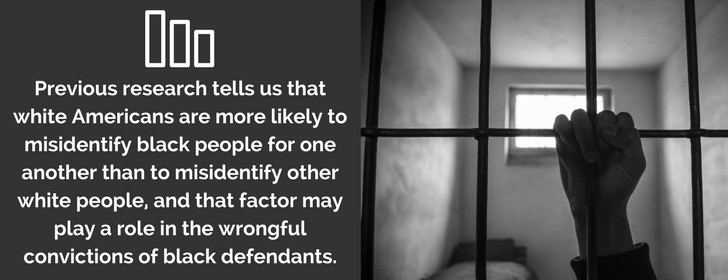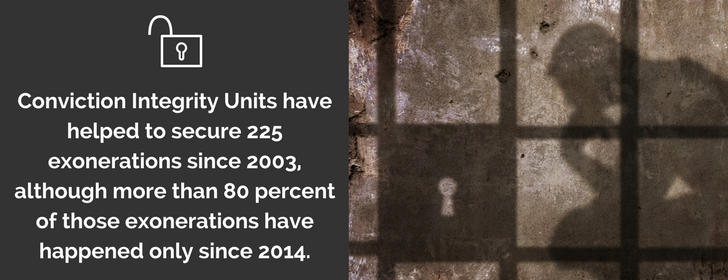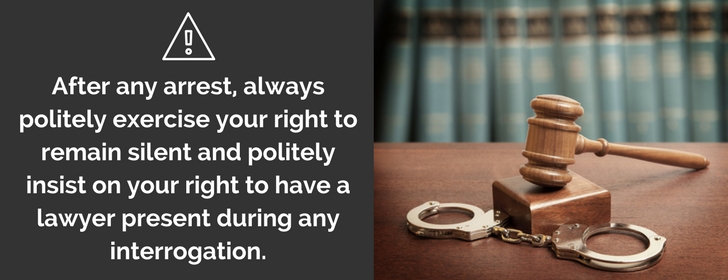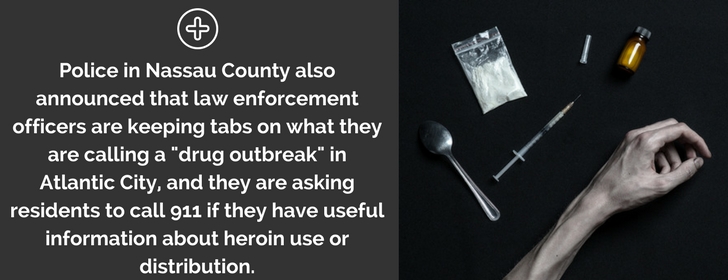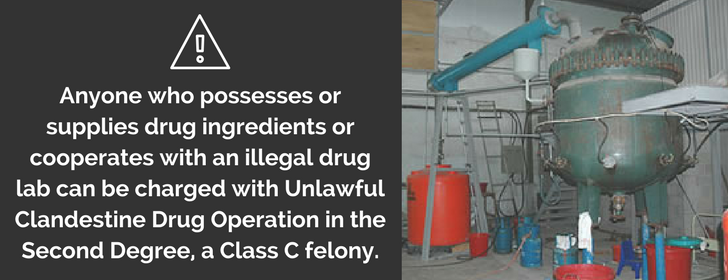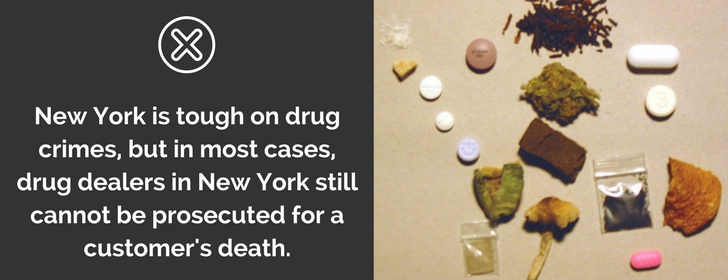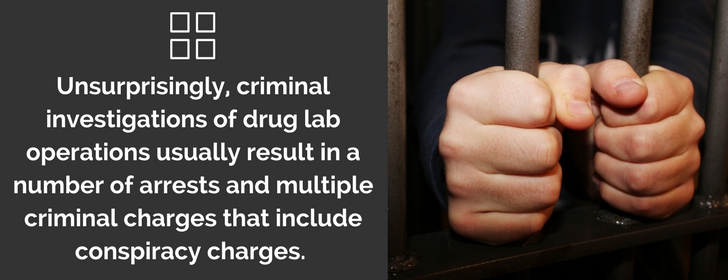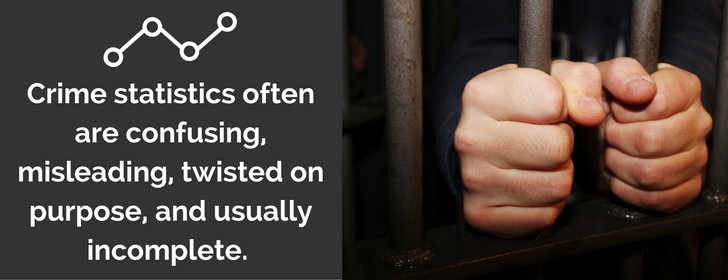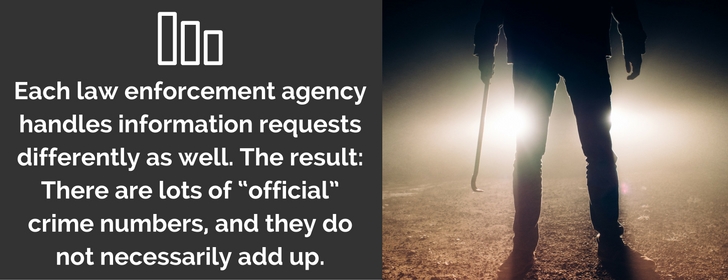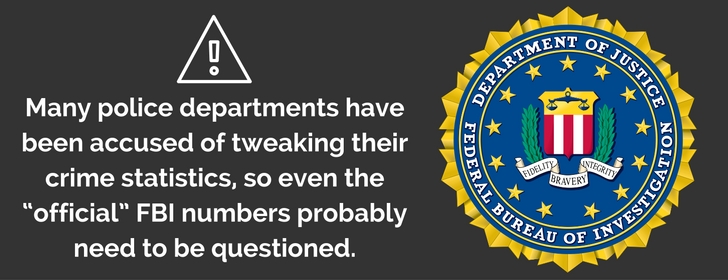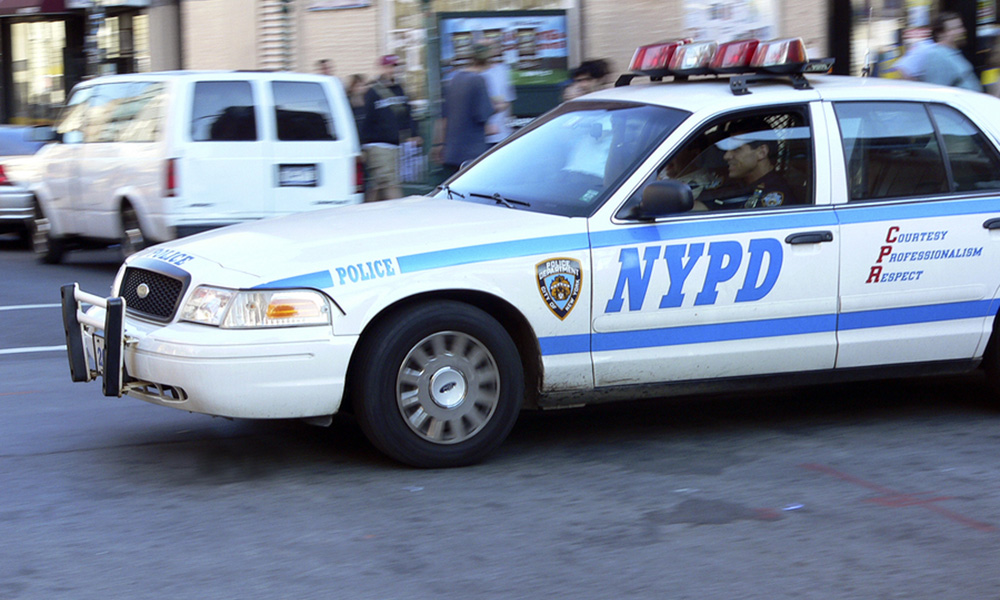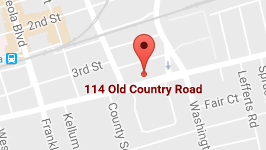Bank fraud, embezzlement, money laundering, identity theft, and a number of other financial crimes are usually considered “white-collar” crimes.
White-collar crimes can be trivial offenses or quite serious matters, but convictions for the most egregious white-collar crimes are punishable by decades-long sentences in federal prison.
In some cases, an offender’s property can also be seized by the government to pay back the crime victims for their losses.
White-collar crimes are not violent, but that doesn’t mean there are no victims.
White-collar crimes can cause victims to lose their homes or their savings, can keep a family from being able to send a child to college, and can even make it difficult for victims to pay their medical bills.
White-collar crime costs the United States more than $300 billion a year, and the actions of white-collar criminals sometimes hurt all of us.
In March, for example, 51-year-old Aaron Wider was sentenced by a federal court in Central Islip to twelve-and-a-half years in prison for his role in a plan to swindle banks by obtaining mortgages fraudulently.
In a four-week trial in 2016, federal prosecutors charged that Wider’s scheme inflated property values across Long Island, contributing to the real estate market’s eventual bust and Long Island’s plethora of “zombie” homes.
These are homes that residents abandon – usually after receiving a foreclosure notice – which then deteriorate and languish, sometimes for months, until the foreclosure is complete.
WHY WAS AARON WIDER CONVICTED?
From 2003 to 2008, Aaron Wider headed the HTFC Corporation mortgage bank located in Garden City. While HTFC was a residential mortgage originator, it did not fund the mortgages itself and instead relied on “warehouse” lenders for mortgage funds.
Wider was convicted of conspiracy to commit bank fraud for defrauding those warehouse lenders out of more than $30 million in mortgage proceeds.
U.S. District Judge Arthur Spatt also ordered Wider to serve five years on supervised release and to pay $22 million in restitution to victims, although Judge Spatt acknowledged that Wider currently has no financial resources.
The federal Bank Fraud Statute of 1984 spells out what constitutes bank fraud: check kiting and forging, unauthorized use of automated teller machines (ATMs), credit card fraud, non-disclosure on loan applications, and diversion of funds.
Bribery, money laundering, and passing bad checks may also constitute bank fraud. Because banks are federally insured, bank fraud is a federal offense.
Wider could have been sentenced to thirty years in federal prison – the maximum sentence for bank fraud. That’s what Eastern District Assistant U.S. Attorney Artie McConnell asked for, saying that Wider’s conduct was “brazen” and adding that, “Long Island became the epicenter of zombie houses because of people like Aaron Wider.” Wider and his attorney made no comment beyond saying that Wider intends to appeal the conviction.
After Wider had been sentenced, Acting U.S. Attorney for the Eastern District of New York Bridget Rohde said, “Aaron Wider perpetrated a massive mortgage fraud scheme, the effects of which are still felt to this day by financial institutions and homeowners.
Today’s sentence sends a strong message that those who manipulate and abuse the lending process will be held accountable.”
HOW DID THE FRAUD SCHEME WORK?
At Wider’s trial, the government presented evidence that Wider and his associates purchased Long Island houses and then used inflated assessments to sell the homes to an associate at the inflated prices.
They then used the inflated prices to obtain falsely overvalued mortgages and pocketed the difference between the real and inflated prices, according to prosecutors.
Here’s an example: One associate of Wider purchased a property in Massapequa in 2007 for $450,000, transferred it to a trust and resold it the same day for $800,000.
All of the properties ended up in foreclosure, leaving investors and banks on the hook after the real estate crash of 2008.
Essentially, white-collar crimes are violations of trust.
The most frequent kinds of fraud in the state of New York include mail fraud, wire fraud, bank fraud, real estate fraud, and healthcare fraud. Insurance fraud and identity theft are also on the increase.
In a white-collar case, a good defense attorney works first to have the charge reduced or dismissed; sometimes, a charge can be dismissed based on an out-of-court settlement with the alleged victim.
In other circumstances, the best conclusion may be a reduced sentence after payment of restitution.
IF YOU ARE ACCUSED OF WHITE-COLLAR CRIME, WHAT IS YOUR RECOURSE?
On Long Island or anywhere else in the state of New York, if you are suspected of a white-collar crime and you are under investigation by state and/or federal authorities, if you believe that you are under investigation, or if you’ve been arrested and charged with a white-collar crime, you must retain the services of an experienced Long Island criminal defense attorney.
Sometimes a white-collar crime investigation can take months, but if you are the subject, you don’t have to endure that kind of apprehension alone. Let a Long Island criminal defense attorney help.
The punishment for a white-collar crime conviction can include imprisonment, fines, restitution, community service, probation, and “alternative” sentencing such as electronic monitoring.
Penalties became harsher after the Enron scandal, when Congress passed the Sarbanes-Oxley Act of 2002, defining new white-collar crimes and increasing the penalties for mail fraud and wire fraud.
The consequences of a conviction for a white-collar crime extend beyond the penalties imposed by the criminal court. A criminal conviction for a white-collar crime is typically followed by a civil lawsuit when the victim or victims act to recoup their losses.
A criminal conviction for a white-collar crime can also lead to the seizure of bank accounts and even the forfeiture of the offender’s home.
Those who hold a professional license will probably see it revoked after a conviction for a white-collar crime.
If you are charged with a white-collar crime, it does not necessarily mean that you will be convicted. The government must prove – beyond a reasonable doubt – that you intentionally engaged in criminal behavior.
You may have worked for an employer who used you to take money unwittingly from a client’s account, and you had no hint that the employer was acting illegally.
And sometimes, what looks like fraud is really – when it’s all sorted out – just a colossal misunderstanding.












